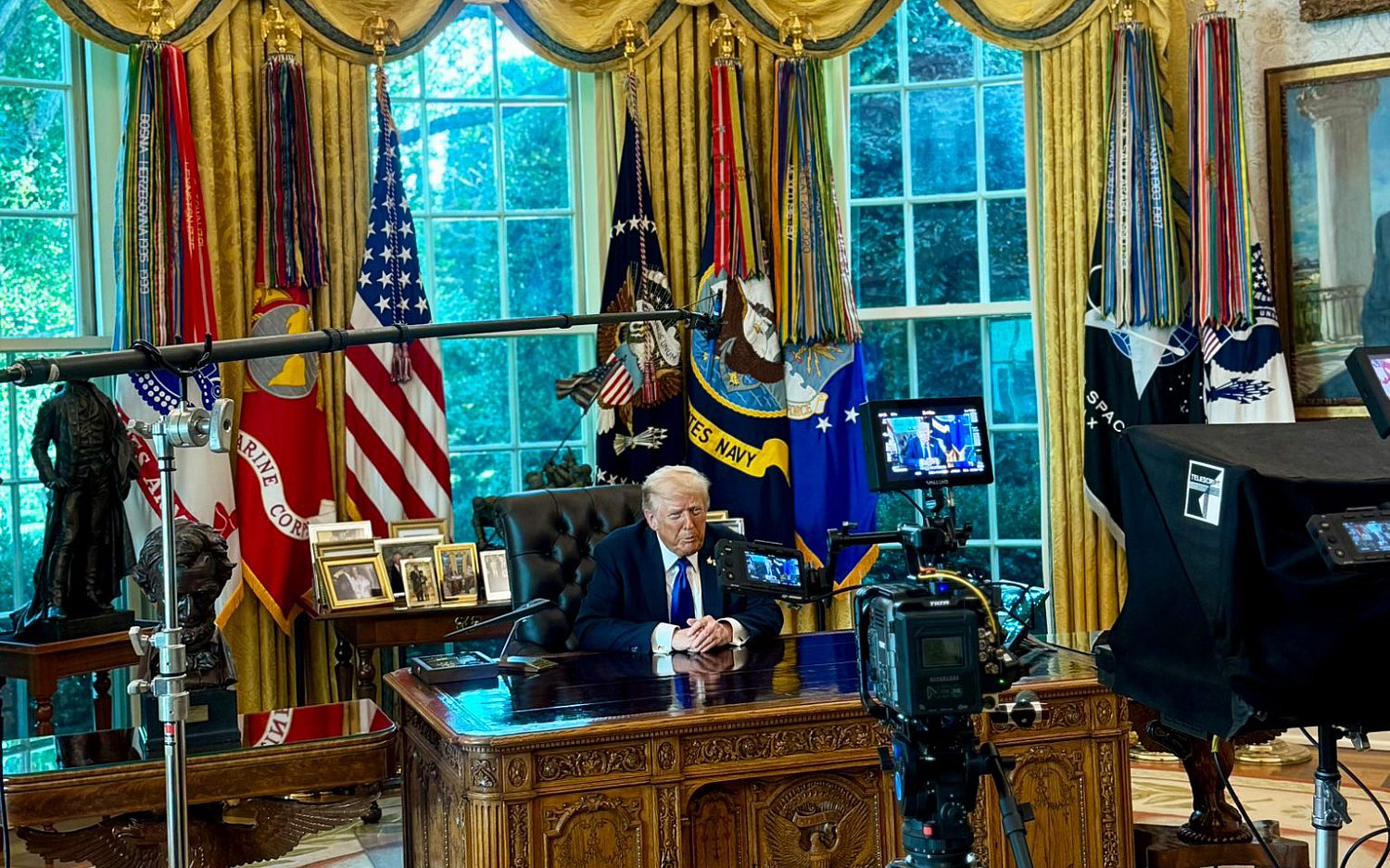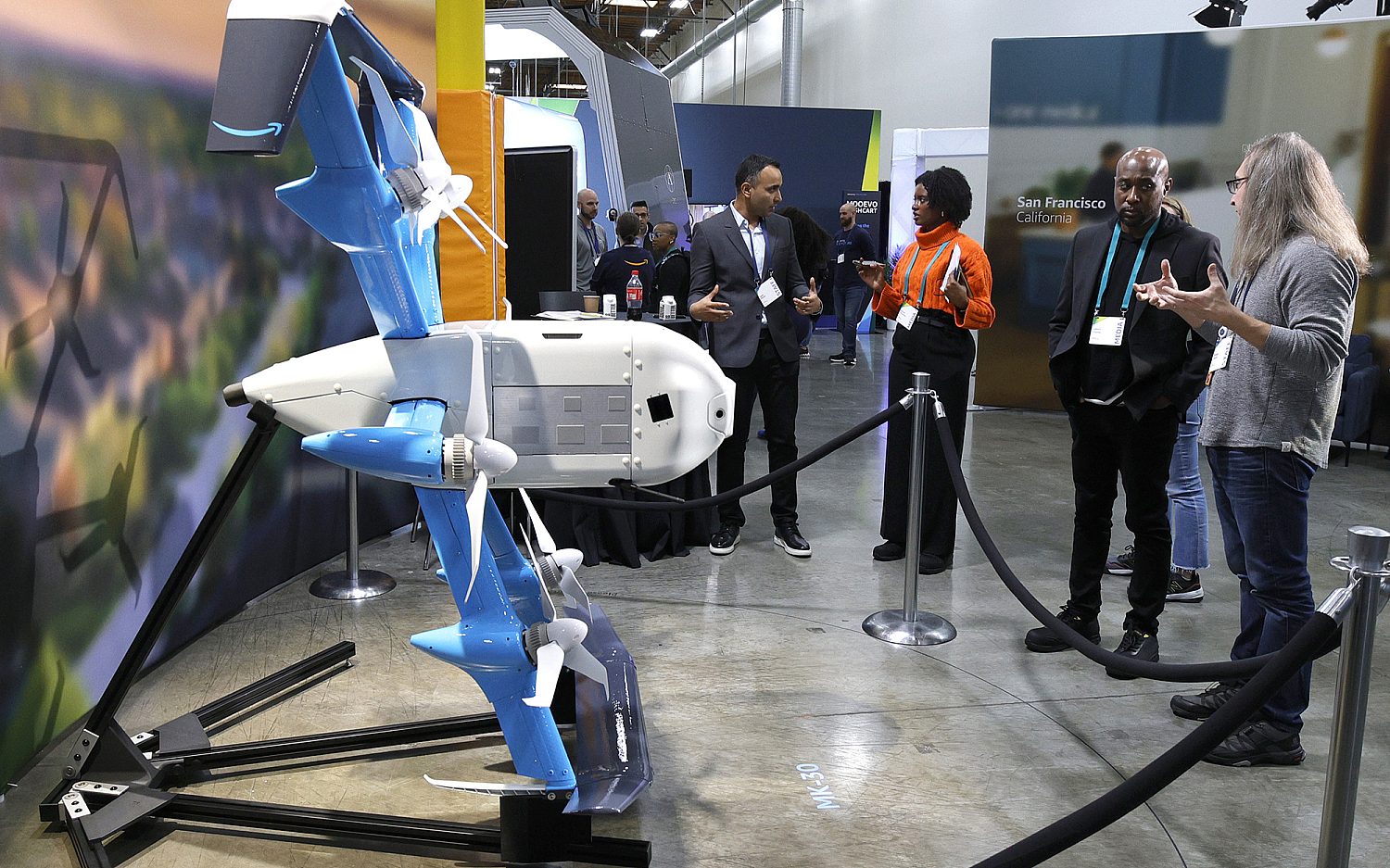China's might growing in space and at sea
A Congressional panel warned that China is speeding toward naval dominance of the western Pacific region and may possess the biggest fleet of modern nuclear submarines and battleships by 2020. The country is also advancing its space program. Only a decade after sending its first astronaut into space, China launched a moon rover mission last week.
Drawing on extensive U.S. naval intelligence, the U.S.-China Economic and Security Review Commission said China's military is modernizing quickly, and the buildup signals a change in the balance of power for the Asia-Pacific region. The Commission studies the two world powers’ trade and economic relationship and pinpoints security issues such as Chinese cyber-attacks.
Since World War II, the United States has been the preeminent naval player in the Pacific region. The Obama administration announced plans this year to “pivot” more military and diplomatic power to the region from Afghanistan and Iraq. But the Commission reported concerns that “the Department of Defense will be unable to follow through on its commitment to the rebalance due to declining defense budget and continuing security challenges elsewhere.”
To stay in the game, the Commission recommended boosting U.S. Pacific allies’ air and maritime capabilities. And it urged Congress to fund U.S. shipbuilding in support of the Defense Department’s goal of increasing the Navy’s Asia-Pacific presence by basing 60 percent of warships there by 2020 and putting 60 percent of all the Air Force’s overseas-based forces and tactical aircraft in the region.
The United States dwarfs China in military spending, but China is tenacious: It sent its first aircraft carrier into the South China Sea last month, bolstering its claim to the sea’s islands and mineral wealth. It also asserts rights in the East China Sea to the long-disputed Japanese Senkaku Islands. Upping the ante in November, China mandated an Air Defense Identification Zone (ADIZ) for all aircraft flying over the East China Sea, including airspace over the Senkakus.
Complementing its new naval muscle, Beijing’s moon rover “Jade Rabbit”—named after the Chinese moon goddess’s pet—blasted off last week to erect a telescope for a survey of moon geology and the Earth's plasmasphere. According to the Xinhua News Agency, the eventual goal is to put men on the moon and to create a space station. The launch has generated an enormous amount of national pride.
Echoing Iran’s claims about its uranium-enrichment activity, Beijing says its space ventures have no offensive intent, likening its space forays to a “high-altitude scientific experiment.” However, the Commission’s report says China may be developing the capability to target satellites used for the U.S. global positioning system as well as those used in gathering intelligence by the U.S. military. Last year, the Chinese Foreign Ministry accused the Commission of “indulging in Cold War mentality” over its scrutiny of China’s military programs.
Vice President Joe Biden met with Chinese President Xi Jinping this week, and both expressed the need to dialogue and cooperate, while keeping quiet about tensions over the ADIZ.
An actual newsletter worth subscribing to instead of just a collection of links. —Adam
Sign up to receive The Sift email newsletter each weekday morning for the latest headlines from WORLD’s breaking news team.




Please wait while we load the latest comments...
Comments
Please register, subscribe, or log in to comment on this article.